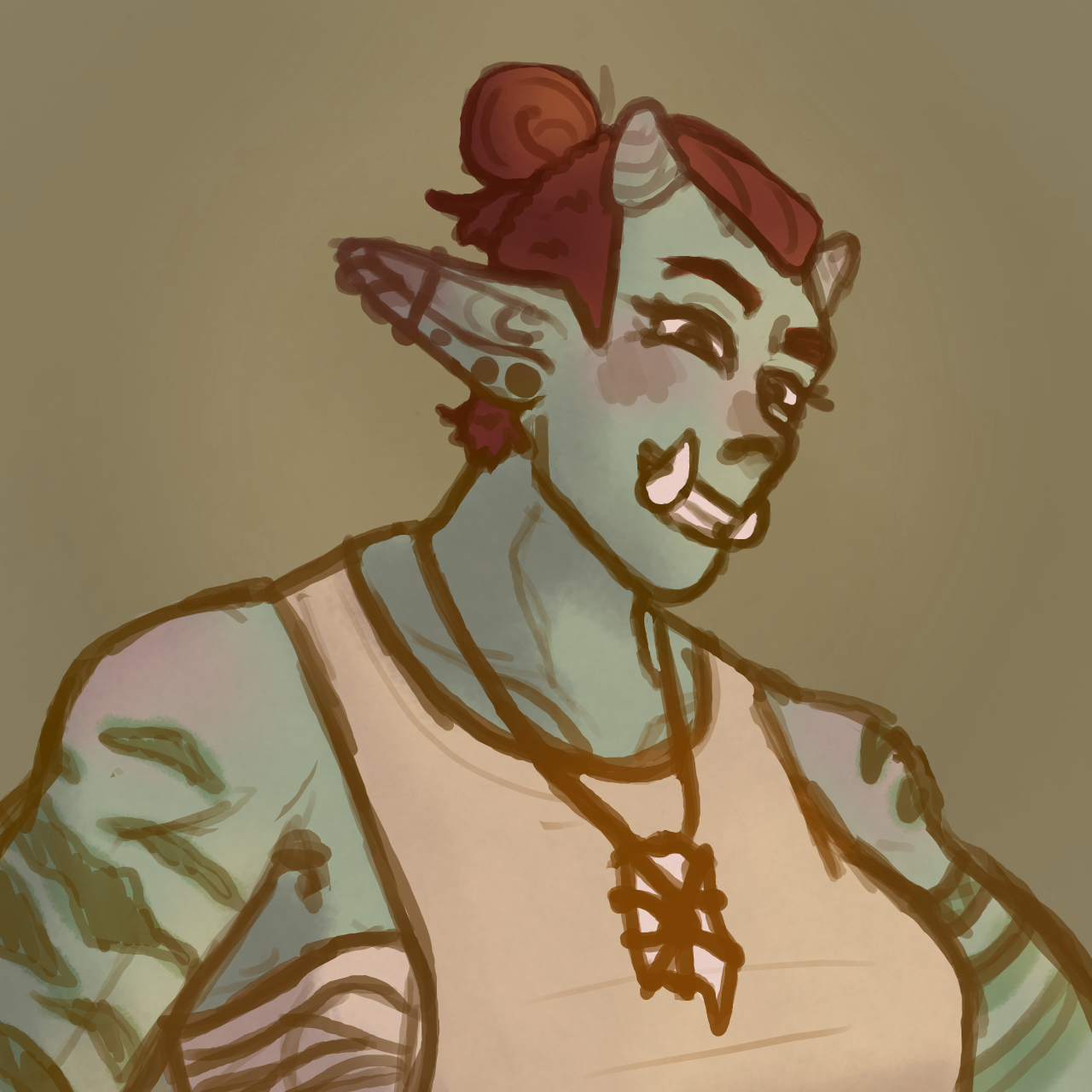I would like to focus on the archive of Chinese History, specifically the erasure/the lack of documentation of women in Chinese Historical items. For this project, I will bring in the stories of the Fu Hao, who did not become discovered until much later. I will also bring in the ideas we are learning in our conjoined class, Chinese History and Culture.
Tying Together HST 124 and ATH 273
- Big Ideas
- There is a lack of documented women within Chinese culture. From the moment that women are born, they are outcasts, expected to leave the home and be married off into another one later on. She is given a name, but it is often something like “little dissapointment” or “last one,” signifying the dislike for families to have girls, knowing that they will not be adding anything to the family’s lineage. Additionally, women’s lives are not documented at all, for even in their death, if they do not marry, they will not have a space on the alter. Also, if women are prostitutes, or if they are children who pass before marriage, they are considered to not be worthy of having an alter space, and their name is lost forever. For my project, I will explore more ways in which women might be erased from history, looking into any stories that might be found about women in china who might have been erased. Additionally, I will construct an art piece which will reflect the lives of unnamed Chinese women, which will be abstract and up to interpretation.
- Erasure of Women in Chinese History within ATH 273
- Named and Nameless, women weren’t given as many names as men, and when they become married, the girls’ name becomes a name in relation to those she is around. Women did not have true names, and therefore there was no documentation of them.
- Freedman reading on Ancestor Worship – “Ritual Aspects of Chinese Kinship and Marriage.” About the lack of documentation of women as being part of the family, often excluded from alters after death if she isn’t married off to another family.
- Erasure of Women in Chinese History within HST 124
- Fu Hao!
- Haapanen, Minna. “The Royal Consort Fu Hao of the Shang, circa 1200 BCE”. In Hammond, Kenneth J, ed. The Human Tradition in Premodern China. Human Tradition Around the World, No. 4. Wilmington (DE): Scholarly Resources, 2004.
- https://docs.tdh.bergbuilds.domains/124/peterson-2000-fu_hao.pdf
- Questions I will address include- why was she discovered so late? How did Oracle Bones work as a method of Archive? Why were women included in the archive then, but then gradually began to be discluded?
- Literature in the Han dynasty
- Chapter 6 of Bret Hinsch’s Women in Early Imperial China
- https://ebookcentral-proquest-com.muhlenberg.idm.oclc.org/lib/muhlenberg/detail.action?docID=616407
- pg 126 talks about poems that have survived in the archive. These literary works were written by Han dynasty women, but not many works were able to be saved in the archive. Below is a screenshot of the page I will be referencing.
- More Texts and research to come!
- Fu Hao!

What will my final project be?
I would love to tie in my more artistic side for this project. I would love to write a short paper on the erasure of women within Chinese History, as well as the stories of women who survived the archive, like Fu Hao. I will then create a visual drawing, either physically painted or digitally painted, representing the identities of women who were lost in time, their names never recorded and their stories never told. The painting will be abstract and interpretative.
I can’t wait to get working on it some more!
